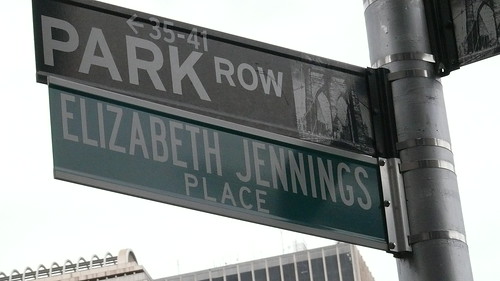Although we honor a number of diverse women in Opening the Way, our Women’s History Walk, we unfortunately lack a Native American historical woman who thrived in downtown Manhattan America
Sacagawea was born in Lemhi County in modern-day Idaho Bismarck , North Dakota America
In 1804, Sacagawea became a legend as the only female member of the Lewis and Clark Expedition and the Corps of Discovery. She traveled with the party as a guide and an interpreter. She “made contacts with Shoshone and Hidatsa people, who considered the presence of a woman a sign that the expedition was peaceful,” notes the Architect of the Capitol.
Sacagawea has been immortalized in numerous ways ever since. The Sacajawea Interpretive, Cultural & Educational Center in her hometown of Lemhi River Valley , Idaho
In spite of Sacagawea’s legacy, there are still many questions about her life and disputes over the accuracy of the little information that is available. Some sources say she did not die in 1812, and actually returned home and lived to a very old age, placing her death more than 70 years later in 1884. Even the spelling and pronunciation of her real name strikes controversy, and her own tribe disputes much of the common knowledge given about her. The debates over the lives of important women like Sacagawea and the lack of access to basic historical facts demonstrates the need for programs that reflect the importance of women’s history, and that provide resources for reliable information.






